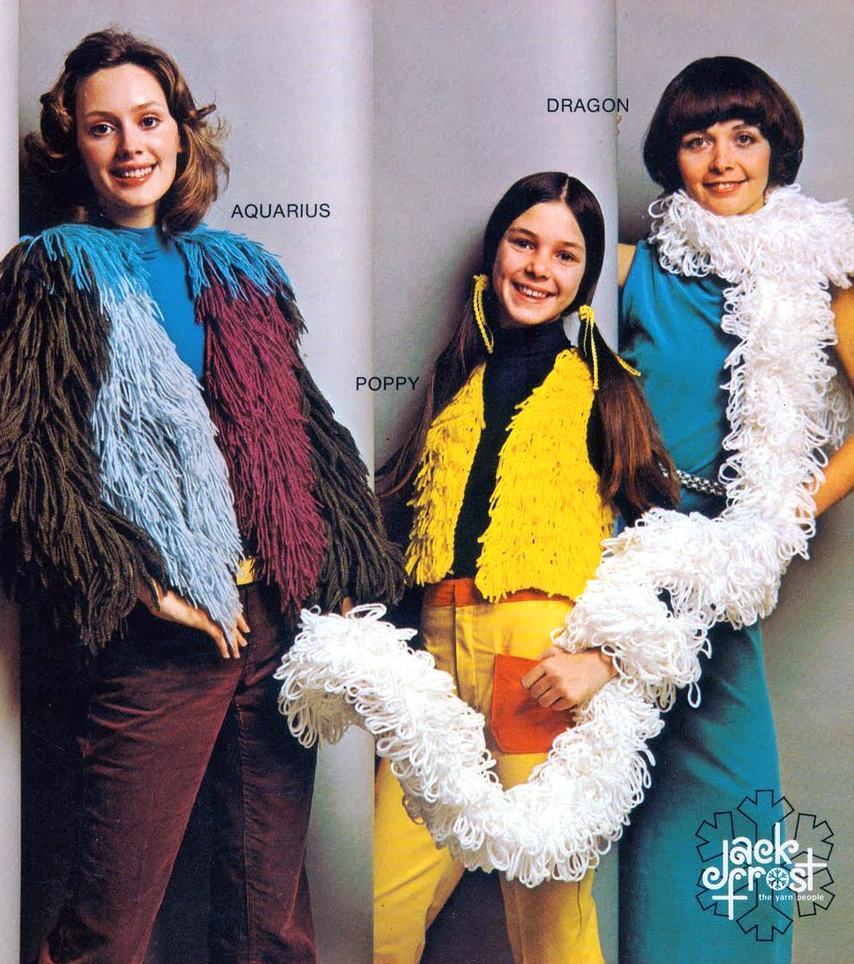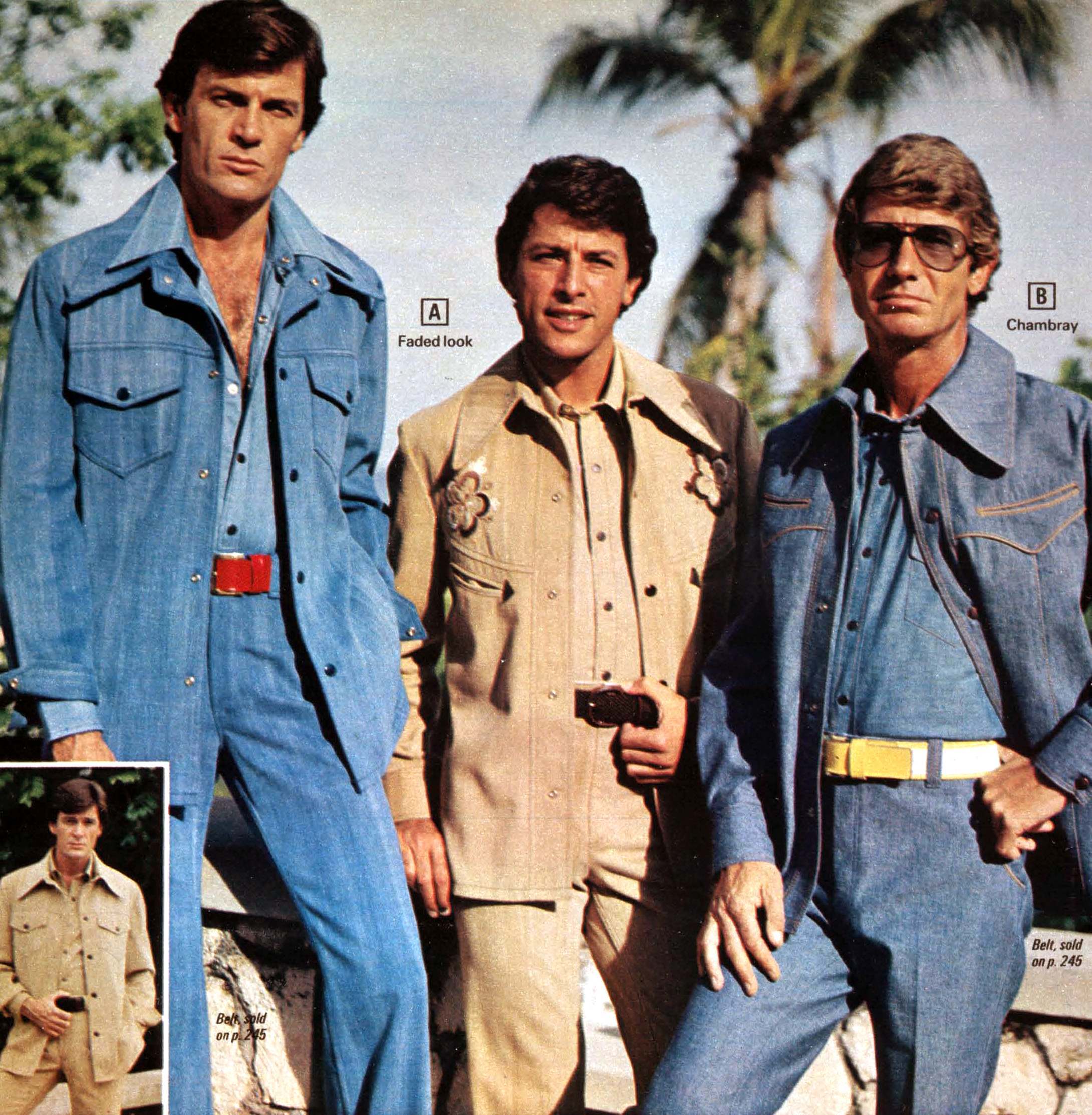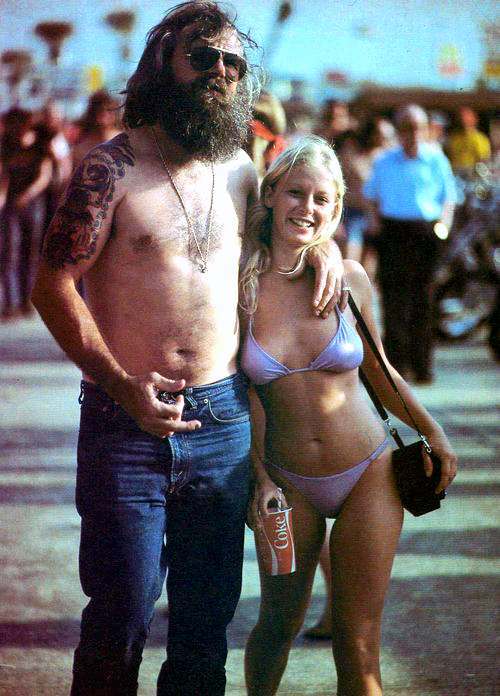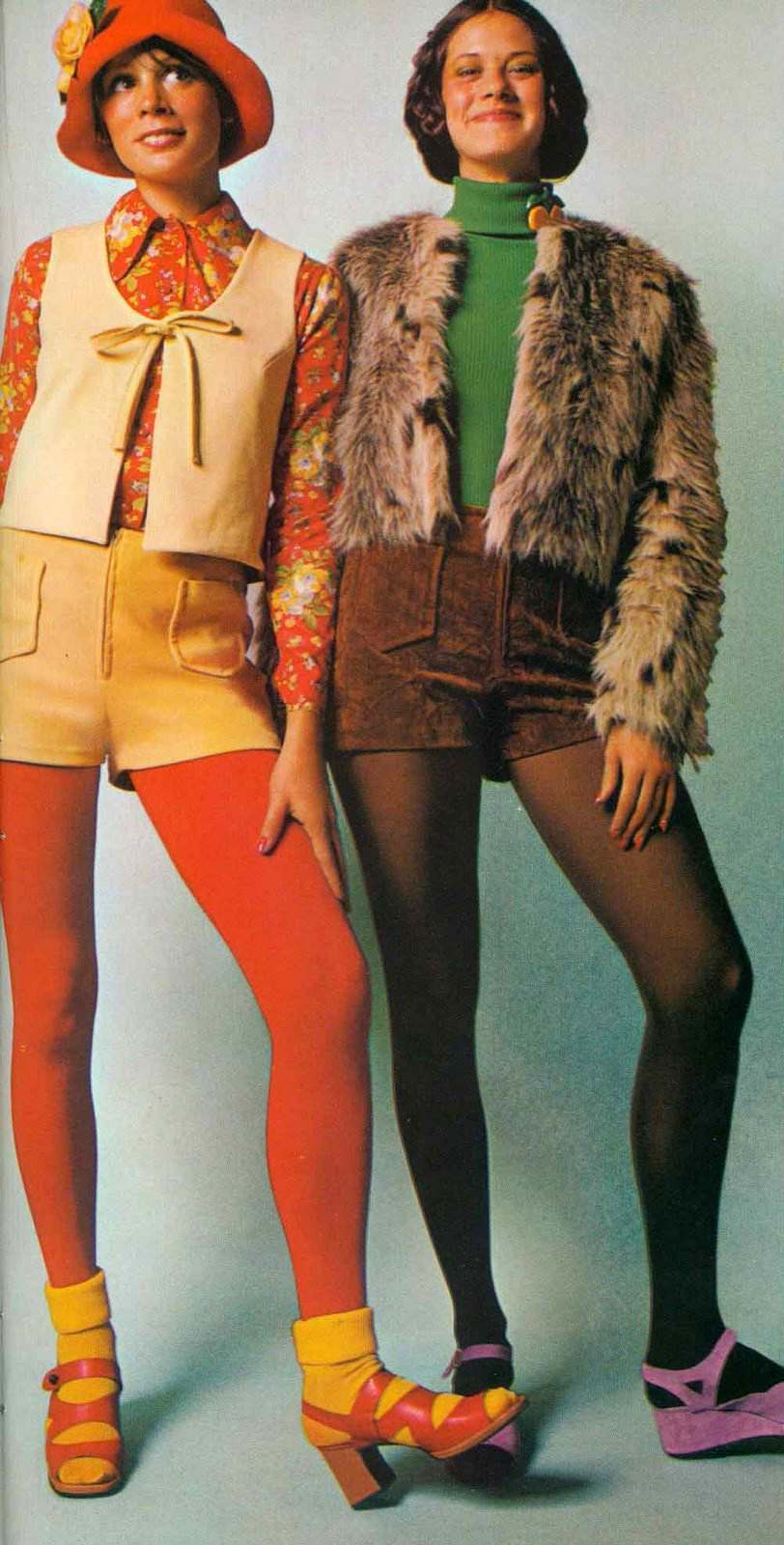
1970s fashions have developed a bad reputation; an object of mockery and snarky remarks. It isn’t an opinion cultivated over the decades, but a rather quick about-face that happened in the 1980s. At some point during the Reagan era, all things 70s were looked upon with laughing derision. In the case of disco, the reasons lay deep – homophobia and media oversaturation led to its rejection. In the case of 70s fashions, the styles were symbolic of a decade the nation was trying very hard to forget. Sure, all fashions are cyclical, so a rejection was inevitable – but not to this extent. No decade’s styles have been chided, ridiculed and laughed at more than the 1970s. Here’s why it was misguided; why we need to re-evaluate our erroneous opinions of the Reagan era…
1. Denim Acceptance

The 1980s kept the denim train running, but it was off-course. It was all about the name on the label; a complete reversal of the original point of denim – that it was not uppity, it was everyman. Let’s step back a minute to the 1950s and first half of the 1960s…
Blue jeans were only worn during labor – for doing yard work or some blue-collar job. You simply did not show up to the grocery store or the neighbor’s barbeque in denim. It was verboten; it was low class. There were “greasers” who rolled up their cuffs and paired their jeans with a dirty t-shirt, but they were from the wrong side of the tracks. It was okay for Junior to put on his dungarees to play in the neighborhood, but there was no way in hell mom and dad would be seen at the movie theater in their Levis.
Then, in the late 1960s, the counterculture movement arrived and welcomed denim with open arms. Look at footage of concerts from this era; the audience is a sea of denim. It was standard hippie attire; a rejection of the Jackie Kennedy pretention of previous years. White gloves and pretty pink pillbox hats were OUT, and unwashed denim bell-bottoms were officially IN.
As the counterculture slowly phased out, the blue collar revolution held sway for the remainder of the decade. All the heroes of the day were truck drivers and “everyman” types. They weren’t well manicured mods; a denim jacket and faded jeans suited them just fine. Open a high school yearbook from 1976 – you will see kids wearing nothing but blue jeans. Above polyester – denim was the fabric of the decade.
So, you have the 1970s to thank for popularizing blue jeans – which leads right in to the next point…
2. Keeping Things Casual

Denim was the symbol, but there is a bigger picture here: overall appearances got more casual. Before the late 60s, everyone had to be pretty put together to be seen in public. Women didn’t go out without makeup and their hair had to be perfect. Guys basically lived in their suits. It wasn’t always as extreme as Leave It to Beaver, where Mrs. Cleaver did dishes wearing pearls, and Mr. Cleaver’s idea of slumming was wearing a sweater vest. That being said, the level of attention to appearances just to go shopping would be viewed as extreme by today’s standards.
That all went bye-bye in the 1970s.
The cultural mindset that allowed blue jeans to be accepted, also allowed for any unheard of lack of formality. You might say this was taken to the extreme in the 70s, where hair was grown wildly, shirts rarely worn outdoors, and an overall level of dirtiness was suddenly viewed as “cool”.
I’m sure some of you silently wish we could return to the dapper days of the 1950s and 60s; however, I have to think that nostalgia would wane after a few weeks. There will come a day when you will want to go to the store in your sweatpants. Thank the 1970s that you can.
3. Taking Risks Is a Good Thing

Just as in music and film, taking chances and being experimental are necessary to keep things fresh and interesting. Of course, whenever you experiment, there’s a risk you’ll fail and audiences won’t embrace your vision. The easy route is to just maintain the status quo, insulating yourself from humiliation.
In the 1970s, they didn’t give a shit. Attribute it to widespread recreational drug use, or a complete rejection of conventions – whatever the reason, fashions from this decade went wild. Bigass collars and platform heels were just the tip of the iceberg; the fashions of the disco era knew no boundaries. It made things interesting, but predictably led to being easy targets for scorn after the smoke had cleared.
4. Self Expression

You can thank the 70s for breaking free of designers dictating styles; now it was all about self-expression. Screw the Paris runways – if you wanted to dress like a stoner, a punk, a preppy, or whatever, you could do so. In 2002, Oscar de la Renta mourned the loss of power of the designers:
“Today, there is no fashion, really. There are just . . . choices. Women dress today to reveal their personalities. They used to reveal the designer’s personality. Until the 70s, women listened to designers. Now women want to do it their own way. There are no boundaries. And without boundaries, there is no fashion.”
Now, I realize many of you fashion-minded will view this as a reason to hate the 1970s. The catwalks of Milan have become a joke, a vestige of an earlier time that has no connection whatsoever to what we have in our closets. A pity for some, but a “good riddance” for most.
5. Tight Fits For the Win

We’ve all been through the baggy phase and reached a point where can be honest about the whole look: it was a freaking mess. Through the nineties and into the following decade, we wore clothes that in no way fit our bodies. From baggy pants to oversized jackets and sweatshirts – they masked the reality that America was getting fatter and (dare I suggest?) a bit of body shame.
In the 70s they damn sure weren’t ashamed of their bodies. Pants were TIGHT; there was absolutely no effort of concealment for what lie beneath. In fact, you might say they accentuated the regions below the waist. Women wore blouses and shirts that that broadcast their braless-ness, and,for much of the decade, skirts were ultra short. Like almost everything in the 70s, they took it to the extreme; however, we’ve spent decades pointing and laughing at 70s attire – while looking like deflated balloons in our ridiculous baggy outfits.
Would you like to support Flashbak?
Please consider making a donation to our site. We don't want to rely on ads to bring you the best of visual culture. You can also support us by signing up to our Mailing List. And you can also follow us on Facebook, Instagram and Twitter. For great art and culture delivered to your door, visit our shop.






